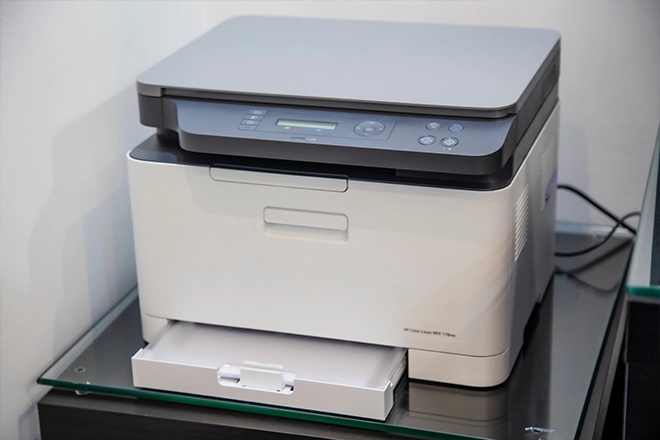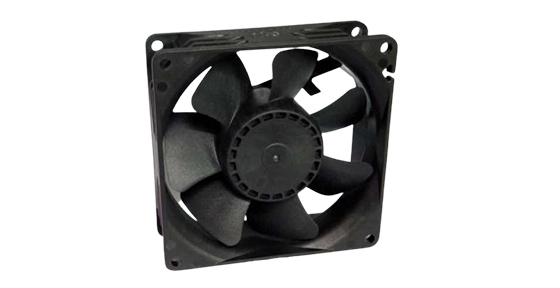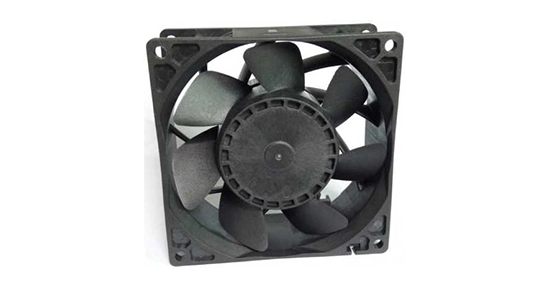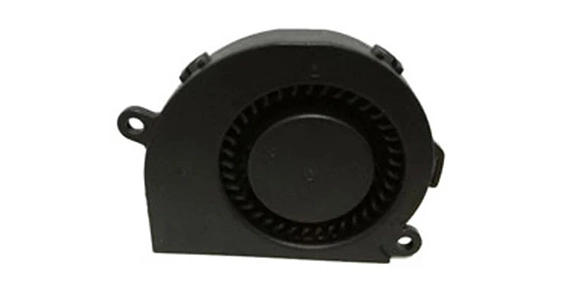Blower fans are an essential component in various industries and applications, including ventilation systems, cooling systems, and electronics. With the advancements in technology, the manufacturing process of blower fans has also evolved. One such innovation is the use of 3D printing technology in the production of blower fans.
3D printed blower fans offer several advantages over traditional manufacturing methods. They allow for complex and intricate designs to be created with ease, opening up new possibilities for customization and optimization. Additionally, the use of 3D printing enables faster production times and reduces the need for tooling and molds, resulting in cost savings.
Design considerations for 3D printed blower fan
When designing a 3D printed blower fan, there are several factors that engineers need to take into consideration. First and foremost is the aerodynamic performance of the fan. The design should ensure efficient airflow and minimize pressure losses. Factors such as blade shape, spacing, and curvature play a crucial role in achieving optimal performance.
Another important consideration is the structural integrity of the fan. Since 3D printed parts are built layer by layer, the design needs to account for potential weakness points, such as interlayer adhesion and stress concentrations. Reinforcements and supports may need to be incorporated to ensure the durability and longevity of the fan.

Material selection for 3D printed blower fan
Choosing the right material for 3D printed blower fans is vital to their performance and reliability. Due to the demanding operating conditions, such as high temperatures and exposure to chemicals, the material needs to exhibit excellent heat resistance and chemical resistance. Additionally, it should possess good mechanical properties, such as high strength and stiffness.
Several materials are commonly used for 3D printed blower fans, including nylon, polycarbonate, and polypropylene. These materials offer a good balance between mechanical properties and cost-effectiveness. However, for specialized applications that require exceptional strength or resistance to specific chemicals, more advanced materials like PEEK or PEI may be used.
Optimization techniques for 3D printed blower fan
To further enhance the performance of axial fan application, optimization techniques can be employed. Computational fluid dynamics (CFD) simulations can be used to analyze and optimize the airflow within the fan. These simulations help identify areas of improvement and guide design modifications to achieve better efficiency and airflow characteristics.
Additionally, topology optimization can be employed to reduce the weight of the fan while maintaining its structural integrity. By removing material from non-critical areas, the fan's overall weight can be minimized, resulting in improved energy efficiency and reduced manufacturing costs.

Energy efficiency of 3D printed blower fan
One of the key benefits of 3D printed blower fans is their enhanced energy efficiency. The ability to create complex geometries and optimize designs allows for better control over airflow and pressure characteristics. As a result, 3D printed blower fans can achieve higher efficiencies and lower power consumption compared to their traditionally manufactured counterparts.
Moreover, the lightweight nature of 3D printed blower fans contributes to their energy efficiency. The reduced weight reduces the load on the motor, resulting in lower power requirements and improved overall system efficiency.
In conclusion, 3D printed blower fans offer numerous benefits, including design flexibility, faster production times, and cost savings. When designing these fans, engineers must consider factors like aerodynamic performance and structural integrity. Material selection plays a critical role in ensuring the fan's reliability and functionality. By employing optimization techniques, the performance of 3D printed blower fans can be further improved, leading to enhanced energy efficiency and reduced power consumption. As technology continues to evolve, 3D printed blower fans are set to revolutionize the industry with their unique advantages and capabilities.

 EN
EN 

 +
+
 +
+
 +
+



